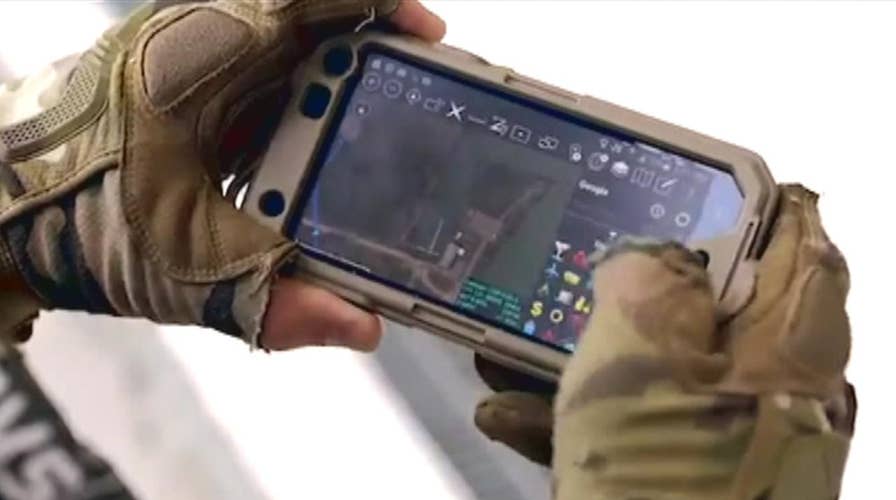NOGALES, Ariz. – Hoping to help agents in the field, the Border Patrol is testing a fleet of personal drones, giving agents in remote areas eyes where they are currently blind.
“This drone could be deployed to assist agents on the ground, moving to a target or moving in on a group it detects,” said Border Patrol Agent Jason Weatherby.
The program is still in a testing phase, but Fox News joined a special operations team out of Tucson in the west Arizona desert, an 80-mile stretch of cactus, mesquite bushes and Palo Verde trees – and no fence at all.

In rural areas of the border, there is no fence and no cameras, only underground seismic sensors that detect when something or someone crosses the border. But trying to “check out” every sensor hit over bad roads can take an agent off station for hours. By the time they arrive, the illegal immigrant can be miles away. A drone closes the gap, confirming the sensor hit as a person or animal, how many illegal immigrants are in a group and if any are armed.
“This could be their eyes in the sky and keep the agent from having to walk so far when their vehicles can no longer get them where they need to be,” said Weatherby.
The US-Mexican border stretches almost 2,000 miles, but less than 20 percent is defended by a pedestrian fence. Most fencing exists in urban areas, stretching out 10 or 20 miles in each direction. High-tech cameras allow agents to see illegal immigrants approach and intercept them.
But in rural areas, there is no fence and no cameras, only underground seismic sensors that detect when something or someone crosses the border. But trying to “check out” every sensor hit over bad roads can take an agent off station for hours. By the time they arrive, the illegal immigrant can be miles away.
A drone closes the gap, confirming the sensor hit as a person or animal, how many illegal immigrants are in a group and if any are armed.
“It saves us time. It is a lot quicker to deploy this and fly it down two miles to the border, than us trying to drive it,” Weatherby said.

Hoping to help agents in the field, the Border Patrol is testing a fleet of personal drones, giving agents in remote areas eyes where they are currently blind. (AP)
Agents took Fox News to an area that stretches 80 miles in between the border towns of Nogales and Lukeville. There is no fence and few roads. The area is flat but the line of sight is limited by cows and heavy brush. A sensor hit 10 miles away along the border could take an hour or more to reach. A test drone was overhead in minutes.
“Something like this in orbit can cover a large swath of desert area, as opposed to our fixed camera systems that are focalized into what they can see,” said Weatherby.
The drone program is in its testing phase in Arizona, Vermont and Texas. Three drones are being tested – two fixed wing and one quad copter. Whatever platform is chosen, will likely be equipped with a day and night camera and possibly a radar.





















